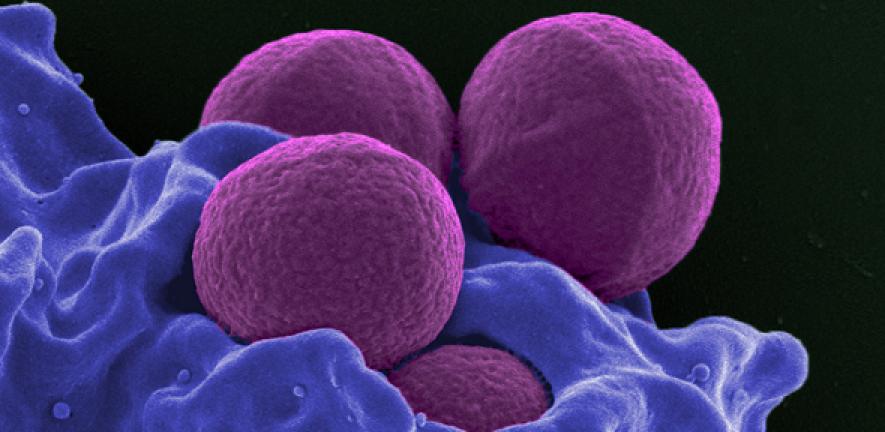
Almost nine out of ten (87%) University of Cambridge submissions for the UK’s Research Excellence Framework (REF) have been rated as ‘world leading’ or ‘internationally excellent’, demonstrating the institution’s strength in research, figures released today show.
Almost nine out of ten (87%) University of Cambridge submissions for the UK’s Research Excellence Framework (REF) have been rated as ‘world leading’ or ‘internationally excellent’, demonstrating the institution’s strength in research, figures released today show.
These results demonstrate Cambridge’s strength in depth across research, in particular confirming our global leadership in the pure and applied sciences, clinical medicine, and in subjects as diverse as the Classics and business and management studies
Professor Sir Leszek Borysiewicz
Cambridge returned some 2,200 academics to the REF. 47% of its submissions have been awarded the highest rating of 4* overall, meaning they are ‘world-leading’. This is an increase from 32% in 2008. A further 40% of submissions were rated 3* overall (internationally excellent).
Professor Sir Leszek Borysiewicz, Vice Chancellor of the University of Cambridge, says: “These results demonstrate Cambridge’s strength in depth across research, in particular confirming our global leadership in the pure and applied sciences, clinical medicine, and in subjects as diverse as the Classics and business and management studies.
“The significant increase we have seen both in our average score and in the proportion of our research rated world leading is a reflection of the phenomenal research underway at Cambridge.”
The REF assesses the quality and impact of research submitted by UK universities across all disciplines. The results will be used by the four UK higher education funding bodies to allocate block-grant research funding to universities from 2015-16. It was previously known as the Research Assessment Exercise (RAE), and was last conducted in 2008.
In this year’s REF, the University has also seen a significant increase in its average weighted score – the ‘grade point average’ – for its research, rising to 3.33 this year (from 2.98 in 2008).
For the purpose of the REF, each academic discipline was assigned to one of 32 out of a possible 36 units of assessment such as Clinical Medicine, Chemistry, and Business and Management Studies. Each unit was judged by three criteria – Outputs, Environment and, for the first time, Impact (defined as ‘an effect on, change or benefit to the economy, society, culture, public policy or services, health, the environment or quality of life, beyond academia’).
Amongst the case studies submitted by the University of Cambridge for Impact was the research that led to a new drug to treat multiple sclerosis. The drug, marketed under the name Lemtrada, is based on a long-standing programme of research at the University of Cambridge and this year received approval by the National Institute for Health and Care Excellence (NICE) for use in people with relapsing-remitting multiple sclerosis. Clinical trials have shown that the drug reduces disease activity, limits the accumulation of further disability over time and may even allow some existing damage to recover.
The story of Lemtrada, which began life as Campath-1H, stretches back as far as 1975 and research to develop monoclonal antibodies – artificially-produced antibodies, a key component of our immune system which rids the body of invading organisms; this work was to win César Milstein and George Köhler the Nobel Prize for Physiology or Medicine in 1984.
Campath-1H was originally developed as an immunosuppressant to prevent the rejection of bone marrow transplants. It was identified as a potential treatment for multiple sclerosis by Professor Alastair Compston of the Department of Clinical Neurosciences, in the late 1980s. The first MS patient was treated with the drug in 1991 and evidence began to mount that the drug would be effective, if used to treat people before the disease process had progressed too far. Eventually, the results of phase III clinical studies, published in 2012, confirmed that the drug is effective both in MS patients who are previously untreated (‘first-line’ therapy) and those who have already failed another treatment.
The text in this work is licensed under a Creative Commons Licence. If you use this content on your site please link back to this page. For image rights, please see the credits associated with each individual image.

